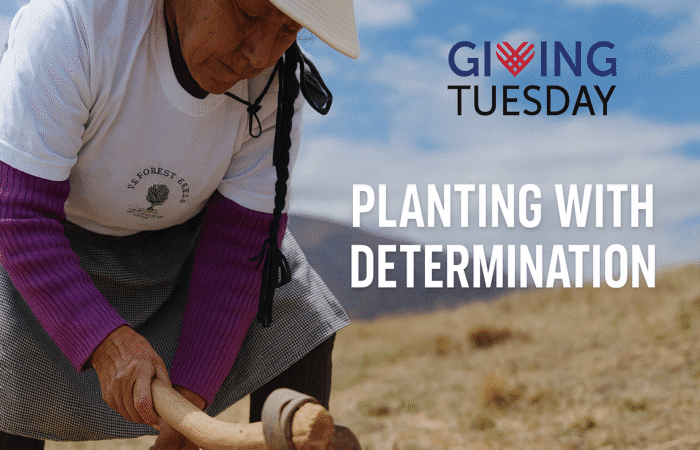Air pollution is one of the most urgent public health challenges of our time. According to the World Health Organization (WHO), around 7 million people die prematurely every year due to exposure to air pollutants. But amid this alarming reality, trees stand out as silent yet powerful allies in the fight for a cleaner and healthier planet.

How Does Air Pollution Affect Human Life?
Polluted air contains a mix of toxic gases, ground-level ozone, nitrogen dioxide (NO₂), carbon monoxide (CO), volatile organic compounds (VOCs), and fine particles (PM2.5 and PM10). Long-term exposure to these pollutants is linked to:
- Chronic respiratory diseases (asthma, COPD)
- Cardiovascular problems
- Lung cancer
- Neurological damage
- Impaired cognitive development in children
- Premature births and low birth weight
The Air Quality Index (AQI) is a key tool that indicates how clean or polluted the air is, and what effects it may have on health. An AQI above 100 already poses a risk, especially to vulnerable groups like children, the elderly, and people with preexisting conditions.

How Do Trees Reduce Air Pollution?
Trees act as natural air filtration systems. Each leaf serves as a surface capable of capturing airborne pollutants. Through biochemical and physical processes, trees reduce toxic gases and improve air quality:
- Capturing fine particles: Leaves, especially those on large-canopy trees, trap microscopic airborne particles.
- Absorbing pollutants: Trees absorb nitrogen dioxide (NO₂), ozone (O₃), sulfur dioxide (SO₂), and carbon monoxide (CO) through tiny pores called stomata.
- Cooling cities: Trees reduce the urban heat island effect, lowering energy consumption and, therefore, pollution from power sources.
How Do Trees Produce Oxygen?
Through photosynthesis, trees convert sunlight, carbon dioxide (CO₂), and water into glucose (their energy source) and release oxygen (O₂) as a byproduct. This process happens mainly in the leaves, which contain chlorophyll—the green pigment that captures solar energy.
A single mature tree can produce up to 118 kg (260 pounds) of oxygen per year, enough to supply two people.
How Much CO₂ Do Trees Absorb?
Carbon dioxide is one of the main drivers of climate change. Trees absorb it through photosynthesis and store the carbon in their roots, trunks, branches, and leaves.
- A mature tree can absorb 20–22 kg (44–48 pounds) of CO₂ per year.
- In well-maintained forests, one hectare can sequester 10–30 tons of CO₂ per year, depending on species and density.
This natural carbon storage makes forests essential carbon sinks in the fight against global warming.
Planting Trees Is Protecting Life
Trees are not just part of the landscape: they are living systems of climate, ecological, and human protection. In times of environmental crisis, forest restoration and native ecosystem conservation are no longer optional—they are urgent. Planting and protecting trees not only captures carbon but preserves life on Earth by cleaning the air and restoring balance to natural cycles.



